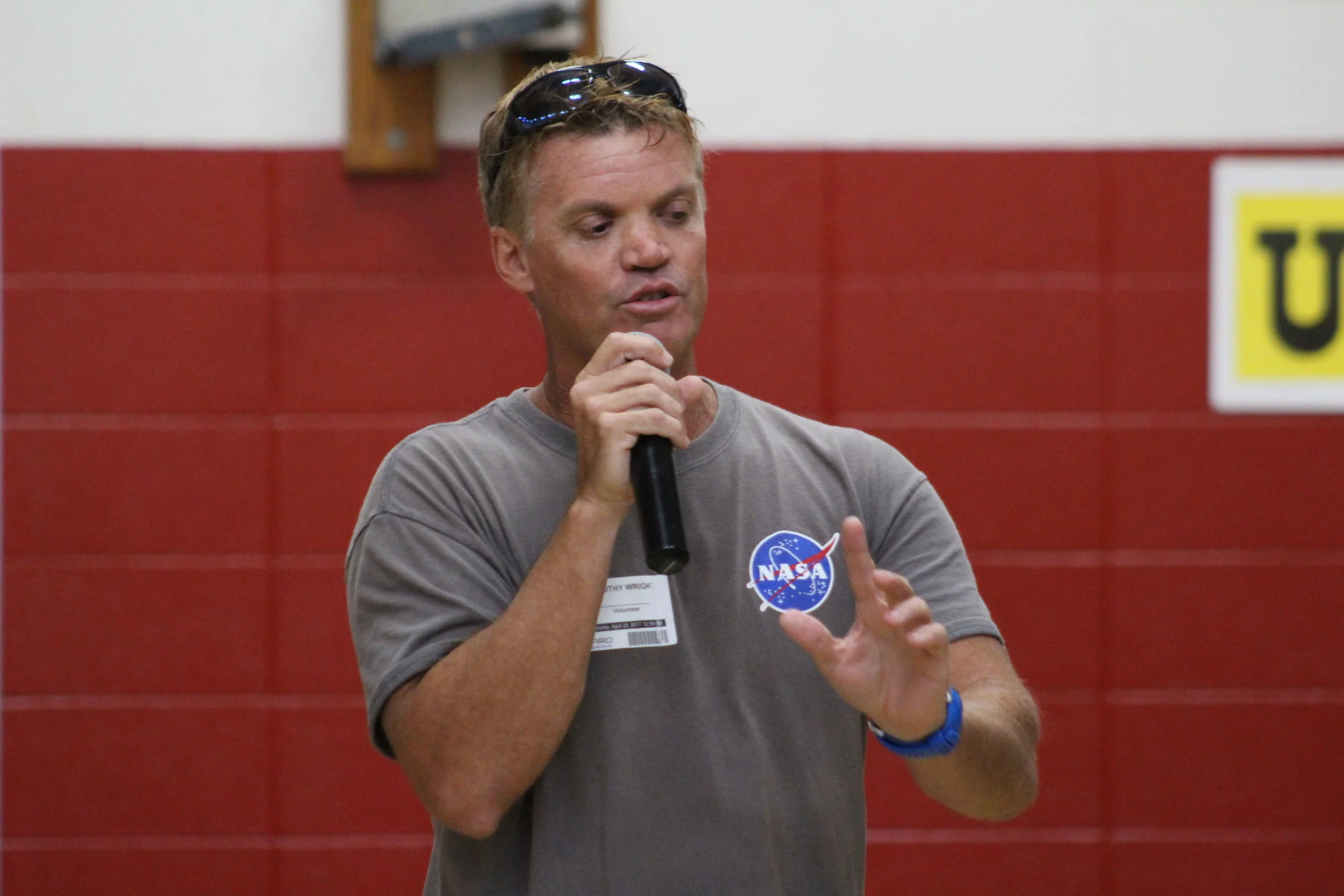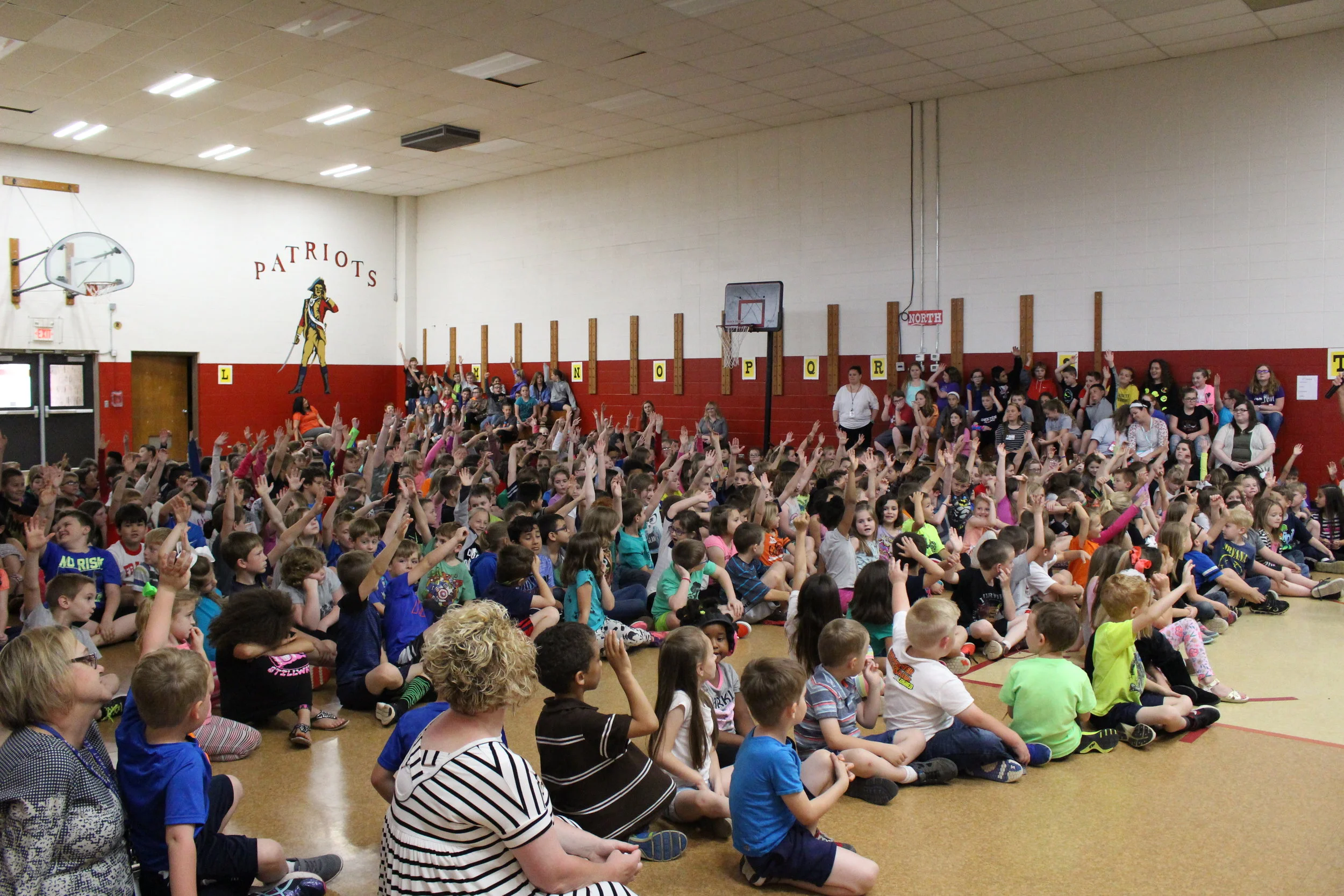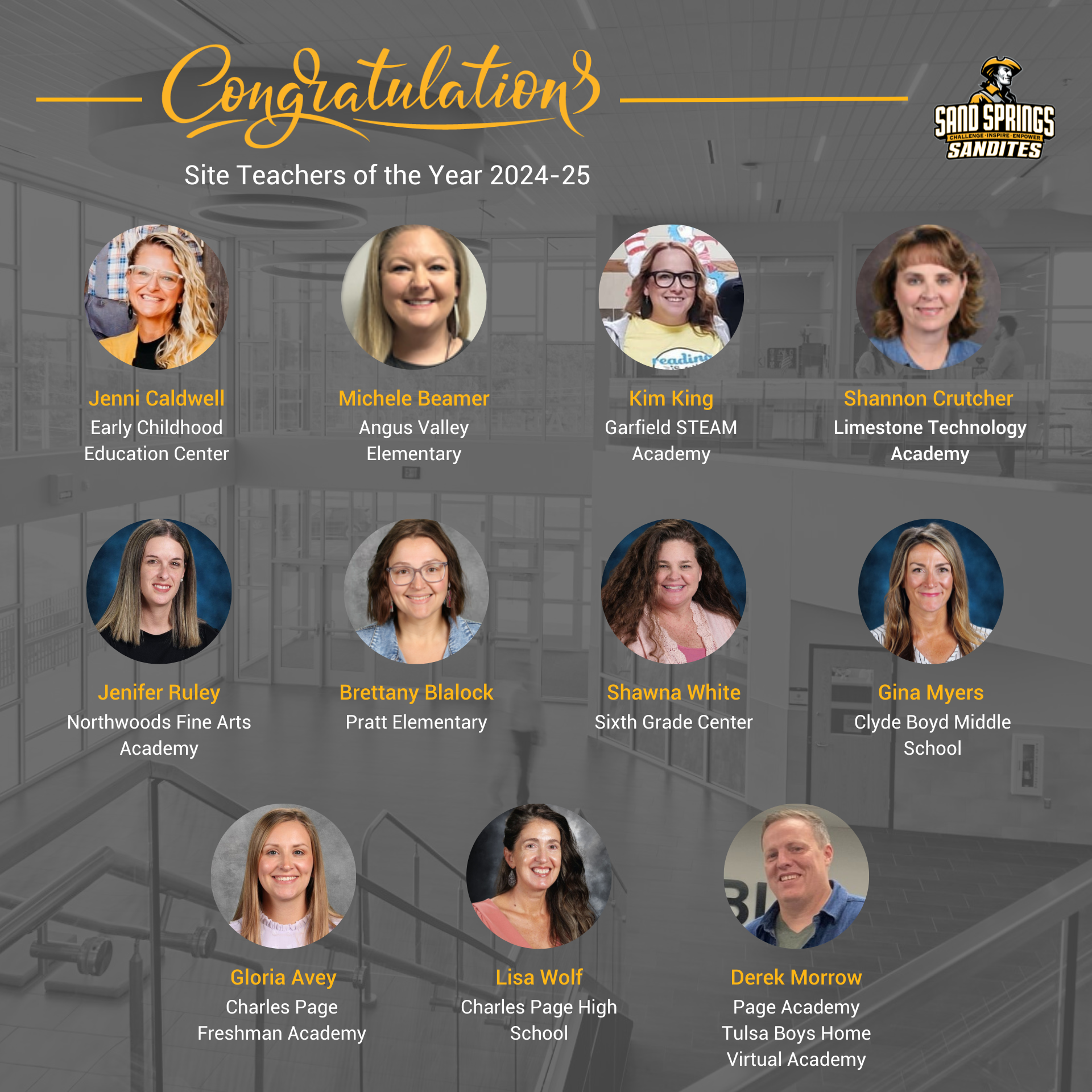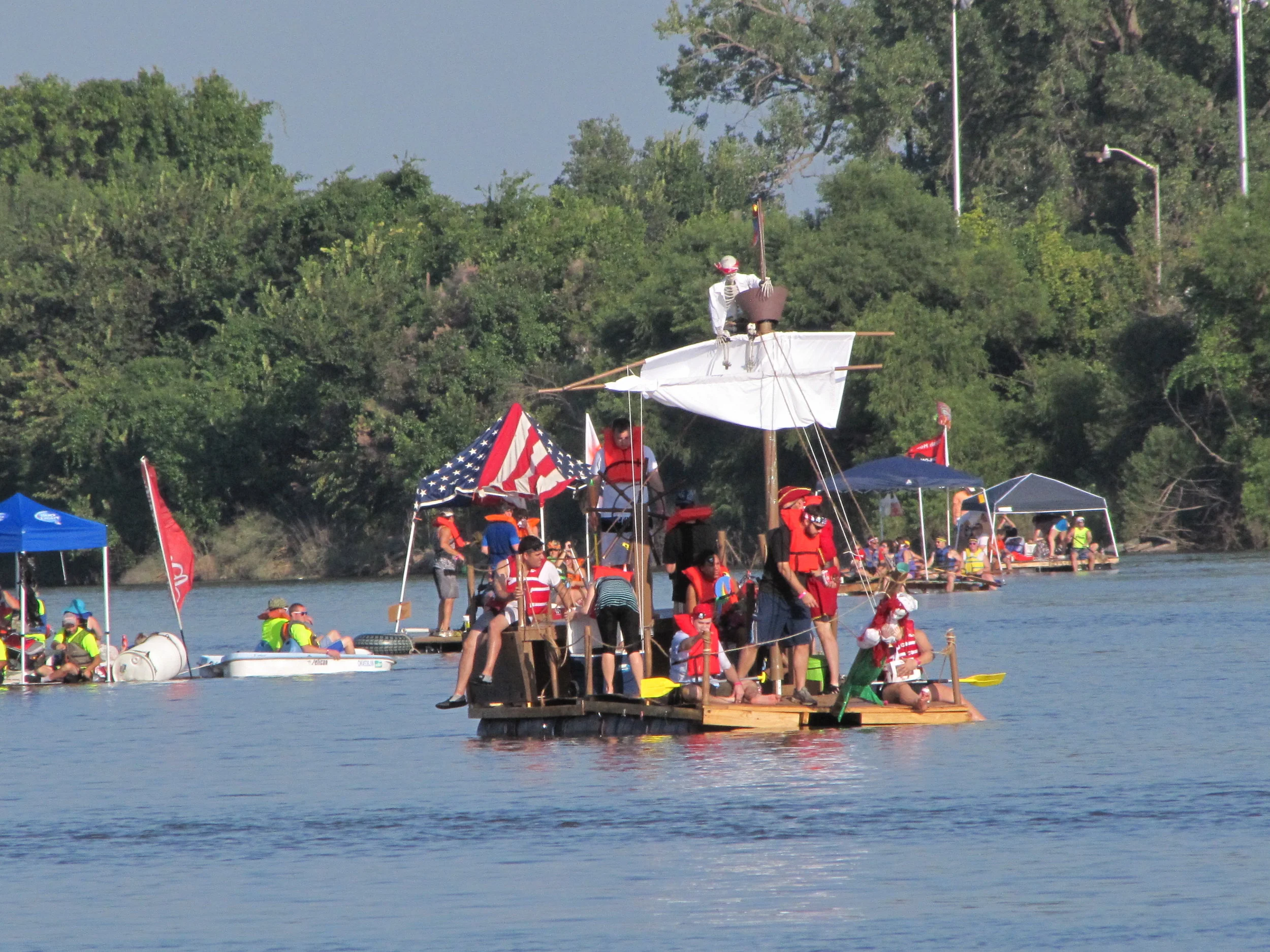CPHS graduate and NASA engineer Tim Wright speaks to Sand Springs elementary students
/By: Scott Emigh, Editor-in-Chief
"It seems like yesterday that I was right next door at Clyde Boyd (Middle School)," said Tim Wright to a packed gym full of Pratt Elementary students.
In fact, it was nearly thirty years ago that the Charles Page High School alumni attended Sand Springs Public Schools.
Since graduating in 1988, Wright has moved on to bigger and better things than many people dare to dream of.
From graduating the Florida Institute of Technology, to seeing his handiwork travel across the solar system, Wright has quite literally reached for the stars throughout his career. He is one of three Sand Springs alumni who will be recognized for their accomplishments Thursday evening at the 28th Annual Sand Springs Education Foundation Hall of Fame banquet at the CPHS Ed Dubie Field House.
SEE RELATED: CPHS Class of 1985 graduate Dr. Stacey Butterfield to be inducted into Sandite Hall of Fame
SEE RELATED: CPHS Class of 1967 graduate Larry Hurst to be inducted into Sandite Hall of Fame
Wright, who currently resides in Florida, returned to his hometown a few days before the banquet in order to speak to Sand Springs students about his journey and the future of engineering and space travel.
"I was an okay student," said Wright. "But if you said when I was your age that I was gonna be a rocket scientist, my friends would have said 'no way!' One day in high school I was working a construction job and I saw a jet fighter fly over. I was like, 'how does that go so fast?' So I got interested in that and talked to my CPHS councilors, who told me I should look into engineering."
Wright piqued the students' interest with talk of hover-boards, YETI tumblers, and LEGOs. After asking who liked to build their own creations with LEGOs without any instructions, nearly every hand in the building went up. "You just qualified to be engineers," he said. "You think outside of the box."
"I graduated Charles Page, and I was a proud Sandite. I was in my first day in engineering school and the teacher said to look at the person on my left and look at the person on my right. 'By the end of the year, one, if not both, will not be here. It will be hard,' said the instructor. I was from Oklahoma, and I was not gonna let that happen."
After graduating FIT with a Bachelor's degree in Mechanical Engineering, Wright got his first job at Cape Canaveral building launch pads for unmanned rockets.
Wright has spend most of his career at the Kennedy Space Center, working with the Space Shuttle program. His job primarily involves reentry operations and returning astronauts safely to Earth. His contributions to that effort earned him the NASA Silver Snoopy Award in 2015 for his work on developing heat shields.
In 2006 Wright worked as the Thermal Protection System Facility Engineering Manager with United Space Alliance and helped to develop the BRI-18 tile. The Boeing Replacement Insulation tile is now utilized around main landing gear doors, external tank doors, and nose landing gear doors. It was first installed on the Discovery shuttle, which was retired in 2011.
"I'm a thermal protection engineer. I deal with heat and cold and trying to protect things. We launched 135 shuttles during that program and lost two. One of those I was there for, and that was the Columbia accident. That was probably the worst day of my career."
"At NASA, often things don't go as you planned. You can choose to give up, or you can choose to say 'I'm gonna fight back and I'm gonna make things better.' We spend the next two years making new parts that were stronger, new cameras that could go around the shuttle after launch and look for damage. After that day we made space flight safer and better than it's ever been."
In December of 2014, Wright's team celebrated a successful mission by the unmanned Orion capsule they had developed. Orion slingshotted around the Earth to become the farthest-traveling space capsule since the Apollo era, then safely returned to the planet. The Orion is scheduled to make another unmanned flight on September 30, 2018, then will hold its first crew by 2021.
"Every day I go to work and I get to look at that NASA emblem and that American flag, and I get reminded of what my job is," said Wright. "Rockets are very dangerous and it's up to engineers to limit that danger."
"No one ever thought these things would be done, and they're happening every day out there. Right now the goal at NASA is to go to Mars in the year 2030. If you're ten years old now, you'll likely be finishing college when we reach Mars. If you do good in math, if you do good in science, and you go to college and get a degree in engineering or some kind of science, then you can be the ones to go to Mars."
Wright is the second Sandite to be named to the Hall of Fame for working with NASA. Colonel William R. Pogue was inducted in the inaugural Class of 1990 after participating in the Apollo 7, 11, and 14 missions in 1966.
The Hall of Fame banquet will be catered by Rib Crib and will feature a silent auction and music by the CPHS Jazz Band. Sand Springs Teacher of the Year Janet Johnson will also be recognized at the event.







